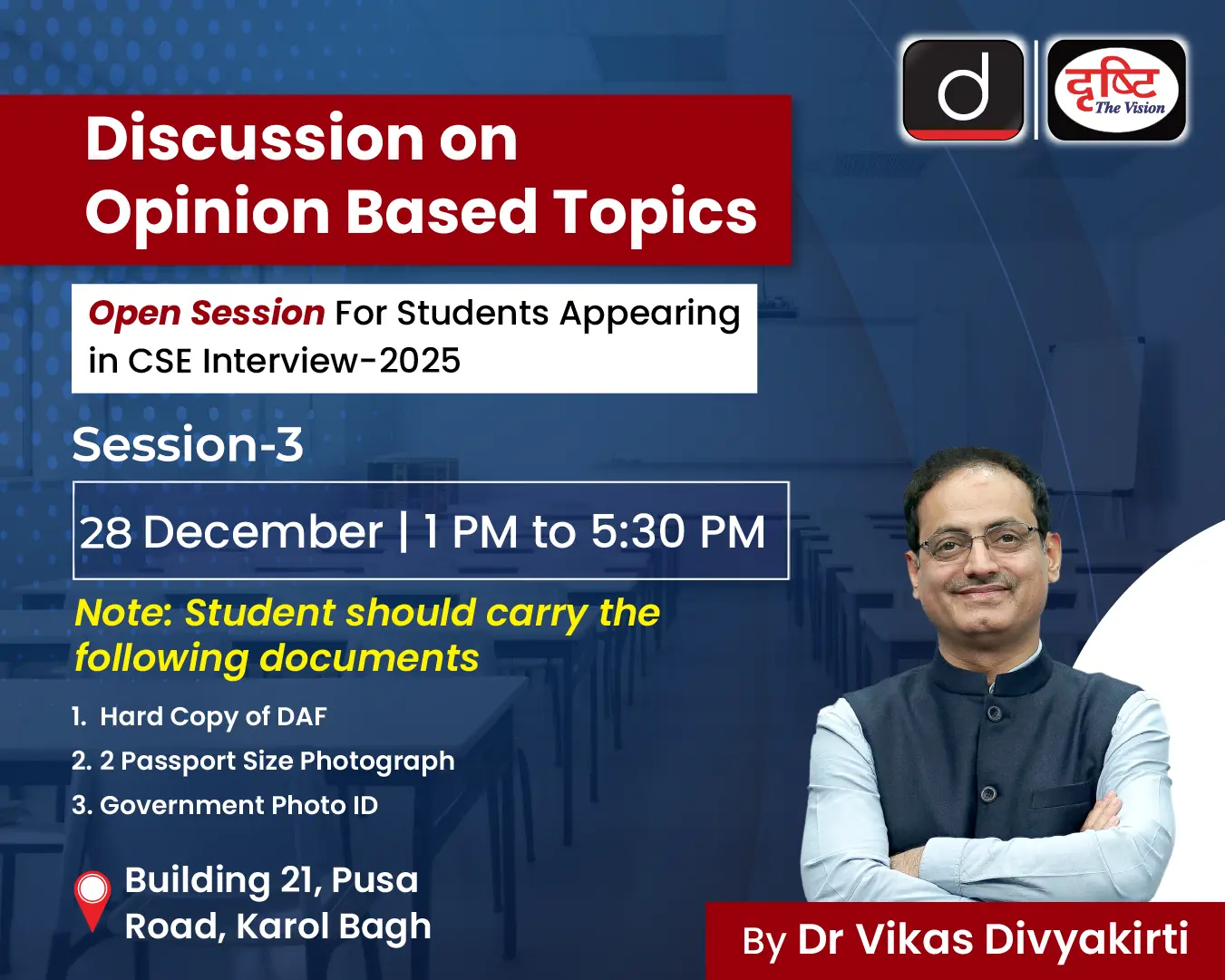International Relations
One Sun, One World, One Grid (OSOWOG)
- 01 Oct 2021
- 5 min read
Why in News
India and the UK are likely to announce a joint declaration on “one sun, one world, one grid” — or OSOWOG at the upcoming Conference of Parties (COP26).
- The UN Climate Change Conference, or COP26, is scheduled to be held between 31st October and 12th November in Scotland.
- The concept of OSOWOG is what the British have called a green grid.
- The idea behind the concept is a trans-national electricity grid supplying solar power across the globe.
Key Points
- OSOWOG or the Green Grid:
- The vision behind the OSOWOG is ‘The Sun Never Sets’ and is a constant at some geographical location, globally, at any given point of time.
- This is by far one of the most ambitious schemes undertaken by any country (India) and is of global significance in terms of sharing economic benefits.
- It has been taken up under the technical assistance program of the World Bank.
- The OSOWOG plan may also leverage the International Solar Alliance (ISA), co-founded by India that has 80 countries as members.
- With India in the middle, the solar spectrum can easily be divided into two broad zones, which are:
- Far East including countries like Myanmar, Vietnam, Thailand, Lao, Cambodia etc.
- Far West covering the Middle East and the Africa Region.
- Three Phases of the Plan:
- First Phase: It will entail interconnectivity within the Asian continent.
- Second Phase: It will add Africa.
- Third Phase: It is about global interconnection.
- Significance of the Project:
- Help all the participating entities in attracting investments in renewable energy sources as well as utilizing skills, technology and finances.
- Lead to reduced project costs, higher efficiencies and increased asset utilization for all the participating entities.
- Resulting economic benefits would positively impact poverty alleviation and support in mitigating water, sanitation, food and other socio-economic challenges.
- Allow national renewable energy management centres in India to grow as regional and global management centres.
- Issues with the Project:
- Geopolitics:
- The project is seen as an Indian endeavour for world leadership but under Covid-19 uncertainties, the geopolitical implications of projects like OSOWOG are hard to decipher.
- The mechanism of cost-sharing will be challenging, given the varied priorities of participating countries depending on their socio-economic orders.
- Globalisation vs De-Globalisation:
- The OSOWOG will turn out to be an expensive, complex and very slow progress project.
- The strategic benefits, if any, of having a single grid will be obliterated in the wake of any geopolitical problem.
- In India, the major issue of renewable energy developers is to deal with different state governments and hence, different laws and regulations.
- Further, the project also contradicts the Prime Minister’s Aatmanirbhar Bharat (self-dependent India) vision, as it extends the reliance for a major strategic entity, energy supply, to other countries through this grid.
- Centralised vs Distributed Generation:
- There is a difference in voltage, frequency and specifications of the grid in most regions.
- Maintaining grid stability with just renewable generation would be technically difficult.
- Geopolitics:
Way Forward
- The move is the key to future renewable-based energy systems globally because regional and international interconnected green grids can enable sharing and balancing of renewable energy across international borders.
- It allows grabbing opportunities to learn quickly from global developments and share renewable energy resources to reduce the global carbon footprint and insulate the societies from pandemics.
- Institution building is key to fulfilling the ambitions of a multi-country grid project. In this context, ISA (International Solar Alliance) can act as an independent supranational institution to take decisions about how the grid should be run and conflicts settled.







